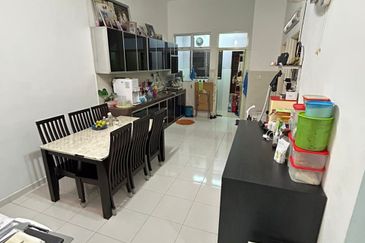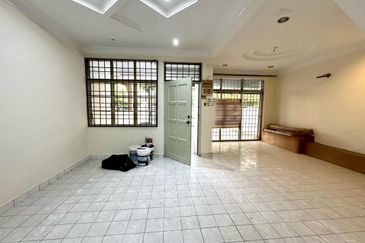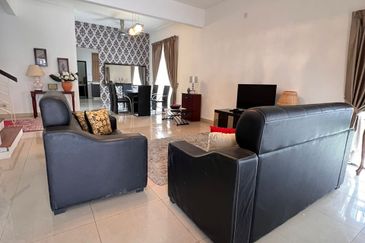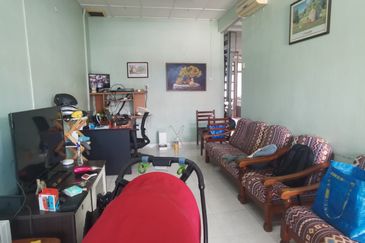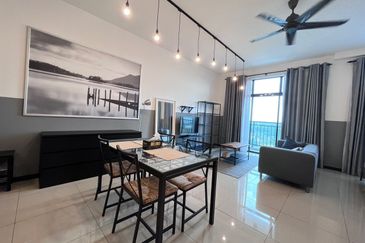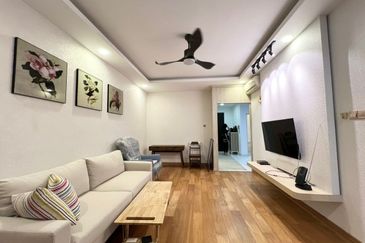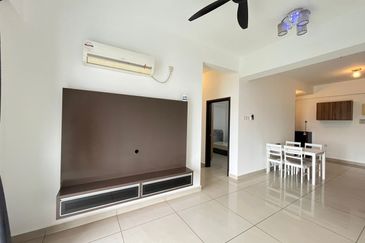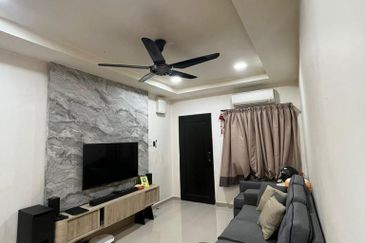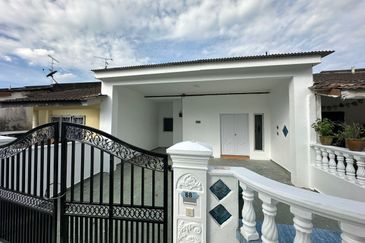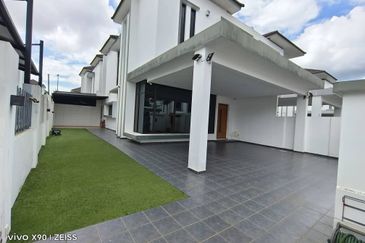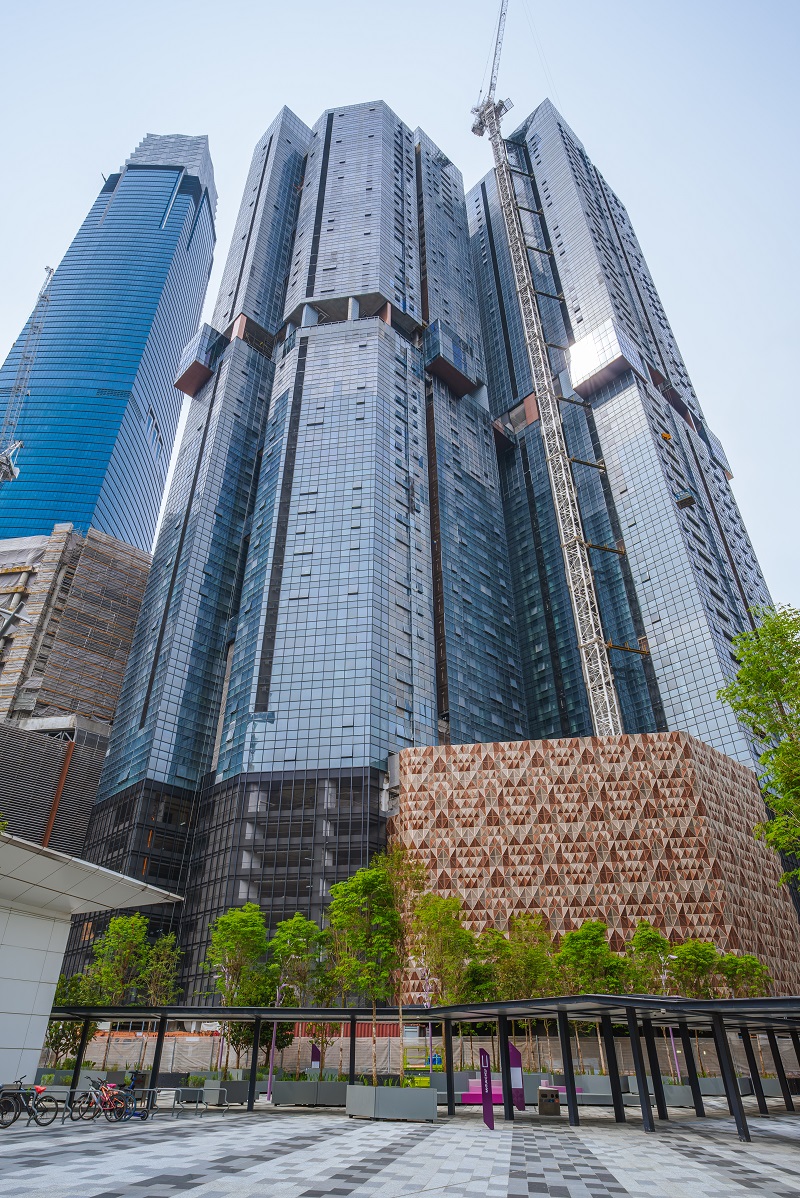For developer Hua Yang Bhd, the goal is to put itself in a “leadership position in affordable housing”. And going by its recent sales figures, the Bursa Malaysia-listed developer should have few problems — it has sold some RM835 million worth of properties from five of its ongoing projects which has a total gross development value (GDV) of RM983 million while unbilled sales are RM505 million.
In its pipeline are projects with a GDV of RM815 million that will be launched over the next 12 months.
A quarter shy of its FY2012 ended March 31, Hua Yang had already recorded sales of RM451 million, surpassing figures of RM310.2 million in FY2011.
CEO Ho Wen Yan admits that in the past, the developer deliberately kept a low profile, but he believes such an approach is no longer feasible in today’s world.
 “We deliver good products to our buyers and good numbers to our stakeholders, but we have been shy to tell the market about our achievements. But in the modern corporate world, you need to create awareness and let the public know your achievements and what you can do,” Ho tells City & Country.
“We deliver good products to our buyers and good numbers to our stakeholders, but we have been shy to tell the market about our achievements. But in the modern corporate world, you need to create awareness and let the public know your achievements and what you can do,” Ho tells City & Country.
Hence, over the past two years, the developer has been working hard to build its brand.
“What we have done so far is to deliver what our brand stands for — affordability, quality and delivery. I don’t dare say we have a strong brand yet, but we will in the future. Brands don’t get built overnight; it requires buy-in from the public. It will take a few more years before the market can relate to our company’s name and products,” Ho remarks.
The goal is also to grow revenue; the company plans to achieve revenue of RM800 million by 2018.
“It’s a seven-year plan, which we announced about two years ago. In the short term, we are targeting revenue of RM500 million by 2014,” says Ho. Revenue was RM188.9 million in FY2011.
But the financial targets are just part of the picture. What Ho is working towards is making Hua Yang a significant player in the affordable segment, ideally in a leadership position.
“I see huge demand for affordable housing in the market now and the number of developers that caters to this segment is growing due to the demand,” says Ho.
He acknowledges that the segment is becoming highly competitive, but seems unperturbed by the fact. After all, Hua Yang has first-mover advantage, having completed more than 10,000 properties worth more than RM1 billion, the bulk of which are in the affordable housing market.
“We have 30 years of experience and our corporate DNA is geared towards affordable housing. We are good at controlling cost and very disciplined in buying land. These are key things that help us keep costs down,” he explains.
Despite fears that Bank Negara Malaysia’s guidelines on responsible financing — for example, banks have to assess loan applications based on net disposable income — will dampen the market, Ho remains upbeat.
“I can’t speak for the overall market, but the affordable segment is still going strong. Banks are more than willing to lend if you can afford it and the purchase is for your own use. There is still liquidity in the market and mortgages are still available. We are confident of this market segment,” says Ho, adding that the majority of buyers are owner-occupiers.
Growing landbank
In its FY2012, Hua Yang added three tracts to its landbank — 1. 6 acres in Desa Pandan, Kuala Lumpur; 3.73 acres in Shah Alam; and 2.43 acres in Johor Baru. The Klang Valley tracts are leasehold and for commercial use while the Johor land is freehold and for residential use. Bought for a total of RM56 million, the tracts have a cumulative GDV of RM465 million. They bring Hua Yang’s total undeveloped landbank to 773 acres with a GDV of RM2.3 billion.
On the Desa Pandan site, the developer has proposed a serviced apartment project with a GDV of RM160 million.
As Hua Yang has its origins in Perak, the largest portion of its landbank — 490 acres with a GDV of RM872 million — is located there. And while the developer has found success outside the state, it has not forgotten its roots.
“We did a lot of developments in Perak before we explored other states. I would say we are among the top two developers in the state. Our reputation is very strong there and we typically do about RM50 million to RM60 million in sales every year. But we want to grow that. Next year, we are going to launch about RM120 million worth of properties there. Perak is a stable and bread-and-butter market for us,” says Ho.
 The 777-acre Bandar Universiti Seri Iskandar and 3.7-acre Anjung Bercham Megah in Ipoh are two ongoing projects. Now, the developer is acquiring an 8.5ha freehold plot near Anjung Bercham for RM15.2 million and plans a gated and guarded residential development on it.
The 777-acre Bandar Universiti Seri Iskandar and 3.7-acre Anjung Bercham Megah in Ipoh are two ongoing projects. Now, the developer is acquiring an 8.5ha freehold plot near Anjung Bercham for RM15.2 million and plans a gated and guarded residential development on it.
“We also have a strong position in Johor where we have some 198 acres with a GDV of RM674 million,” Ho points out.
Hua Yang’s key projects in Johor are the RM817 million, 477-acre integrated township Taman Pulai Indah and the 131-acre Taman Pulai Hijauan with a GDV of RM380 million. It also has 74 acres in Negri Sembilan worth some RM37 million.
A challenge for Hua Yang is increasing its landbank in the Klang Valley due to the land cost and the need to maintain a product price of less than RM400,000. It has about 12 acres worth RM740 million in Selangor.
“We will try our best to keep our house prices below RM400,000 because it is our mission to keep our products as affordable as possible. But realistically speaking, when inflation creeps up, we will not be able to maintain such a price. However, I think the market will understand if we have to move our prices above RM400,000,” says Ho.
Part of the strategy to keep prices down is to develop in secondary areas with good connectivity in the Klang Valley. This is why Hua Yang is looking for land in Shah Alam, Seri Kembangan, Sungai Besi and Selayang.
“Connectivity is very important. Places like Bukit Jalil, which used to be more affordable, have blossomed because of connectivity. People don’t mind staying a bit further out these days if the connectivity is good,” says Ho.
He adds that outside the Klang Valley, the focus is on developing townships because that is where the demand for affordable housing lies. In the Klang Valley, due to the scarcity of land in certain areas and its higher cost, affordable housing often needs to be high-rises.
Meanwhile, Hua Yang is eyeing two new markets — Penang and Kota Kinabalu. Calling the latter a vibrant city, Ho says he sees great potential there due to its growing population, fast-growing economy and robust tourism, oil palm and oil and gas industries.
“We have been looking for land and projects in Kota Kinabalu but unfortunately, we have not found anything yet. We have been very disciplined and have not committed to anything, but we are constantly looking,” he remarks.
As for Penang, Ho says the mainland is where the potential is, as it is still largely untapped and land costs much less than on the island. With the second bridge due for completion by end-2013, areas such as Batu Kawan, Juru and Bukit Mertajam may buzz with activity in the near future.
“Everyone is going to the island, but if you look at it logically, it’s the mainland that has the potential to grow. Not everyone can afford million-ringgit homes but many can afford a RM400,000 home. With the second bridge, it will be even more convenient to commute,” comments Ho.
He adds that for Penang, both townships and high-rises would work for the developer. He estimates the prices for apartments in Butterworth to be around RM200,000 to RM600,000 while terraced homes are going for an average of RM400,000 with the bulk still priced between RM250,000 and RM400,000.
Crown jewel
It is One South in Seri Kembangan that helped put Hua Yang on the Klang Valley map. With a GDV of RM920 million, the 16.7-acre, leasehold commercial development is Hua Yang’s most ambitious project to date. Of the six phases, the first (retail and office units), second (418 serviced apartments) and third (377 apartments) have been launched. Phase two is fully sold while phases one and three have seen take-ups of 90% and 92% respectively. Phases five and six are slated for serviced apartments and office towers respectively.
 Set to be launched soon at One South — in phase four — is Hua Yang’s first SoHo project Flexis.
Set to be launched soon at One South — in phase four — is Hua Yang’s first SoHo project Flexis.
“Flexis will be a new product for us. We already have serviced apartments, retail and offices. We decided on SoHos to complement this mixture and because of demand for them in the area as reflected by our customer feedback. There seems to be a preference for smaller units because it’s a mature area. So for the young people who want to be close to their families but live on their own, such units would be a practical option,” Ho says.
The developer will be selling the SoHos for mixed use but believes they will be mainly residences. “We want to give buyers flexibility. The soft launch began this month. We have a lot of registered prospects, so the soft launch is for them before we open to the public,” he explains.
Ho sees interest in SoHos gaining momentum in Malaysia in line with the new working culture of flexible hours, global connections, limited service workers and service-based businesses. The 424 SoHos with typical sizes of 475 to 628 sq ft and duplexes between 1,106 and 1,271 sq ft are priced from RM240,000 to RM400,000.
As with most of Hua Yang’s products, these are targeted at owner-occupiers rather than investors. “Investors tend to buy products that have track records of capital gains. Our projects do not have that track record yet, so we still attract a lot of owner-occupiers,” explains Ho, adding that the upside is that there is less speculation.
Even though Hua Yang’s profile has been slow to grow, it is slowly but surely seeing the fruits of its labours.
“We are beginning to get better responses when we meet buyers and investors. People are beginning to recognise us and the more known we become, the more confident people will be in us,” says Ho.
For now, Hua Yang will focus on giving its best to customers with quality and affordable projects. “We must deliver what we promise; it’s do or die. That’s our brand’s promise,” stresses Ho, who hopes that the company’s seven-year target can be achieved earlier than in 2018.
What comes next if that happens? Ho says there will be a review of strategies and perhaps a change in the company’s direction but affordable housing will remain its core business.
“Reaching RM800 million in revenue would put us in the big league, alongside the likes of IOI Group. Of course, we would then require new strategies to move ahead. We are still a few years away. Until then, we will be very disciplined in how we execute our plans and not rush into things that we are not ready for,” concludes Ho.
This article appeared in City & Country, the property pullout of The Edge Malaysia, Issue 910, May 14-20, 2012
TOP PICKS BY EDGEPROP
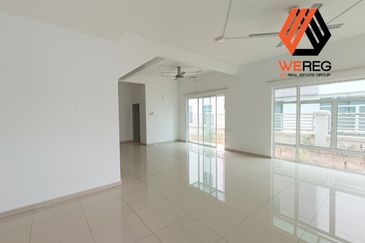
Ridgewood Canary Garden @ Bandar Bestari
Klang, Selangor

TAMAN KAYANGAN, PELANGI HEIGHTS
Mantin, Negeri Sembilan




